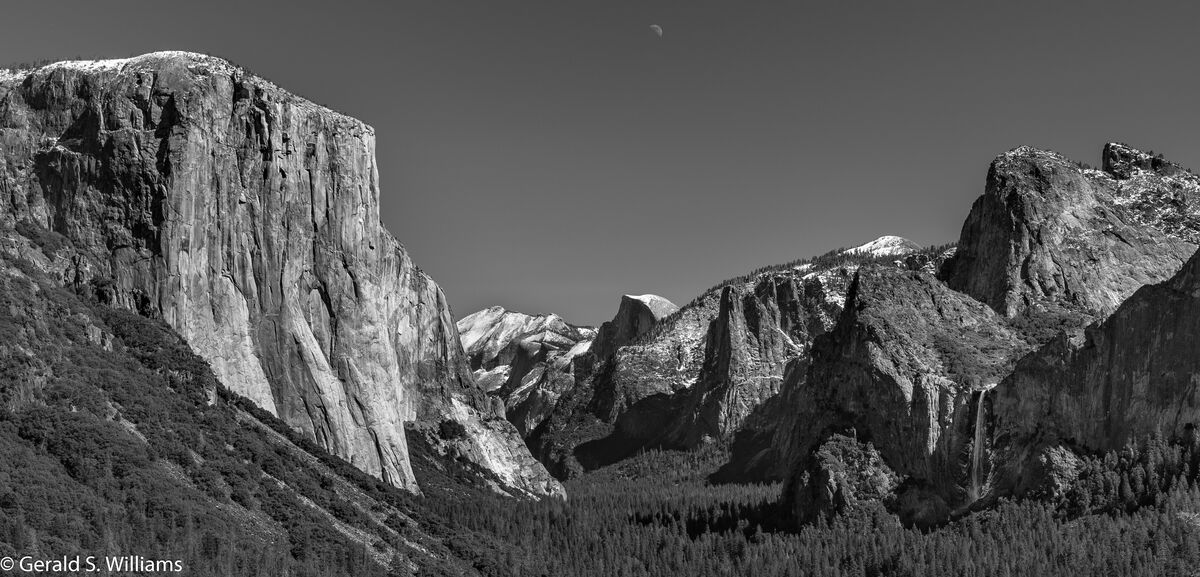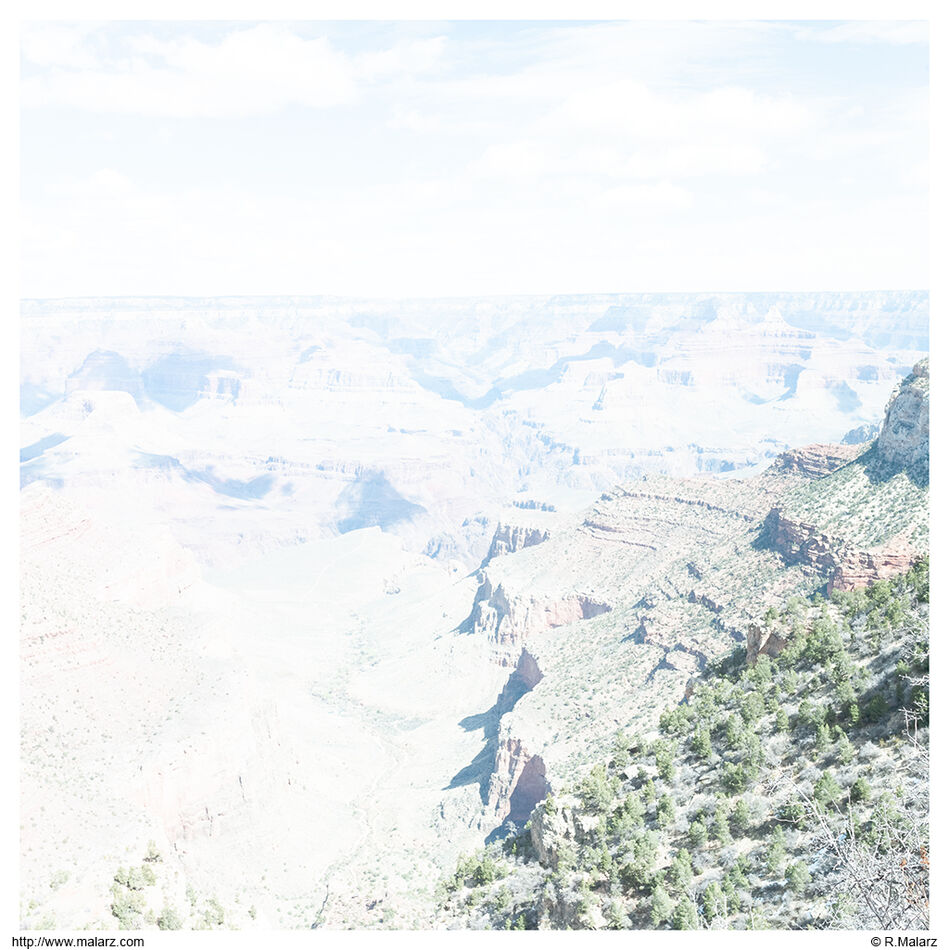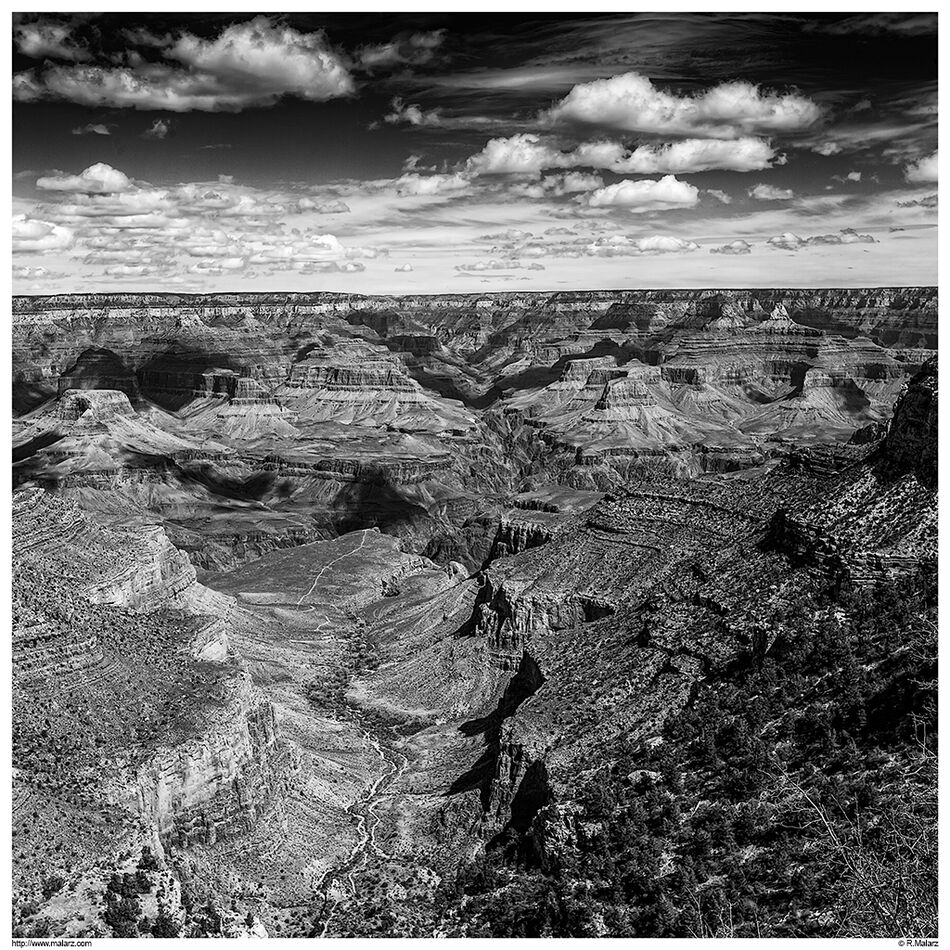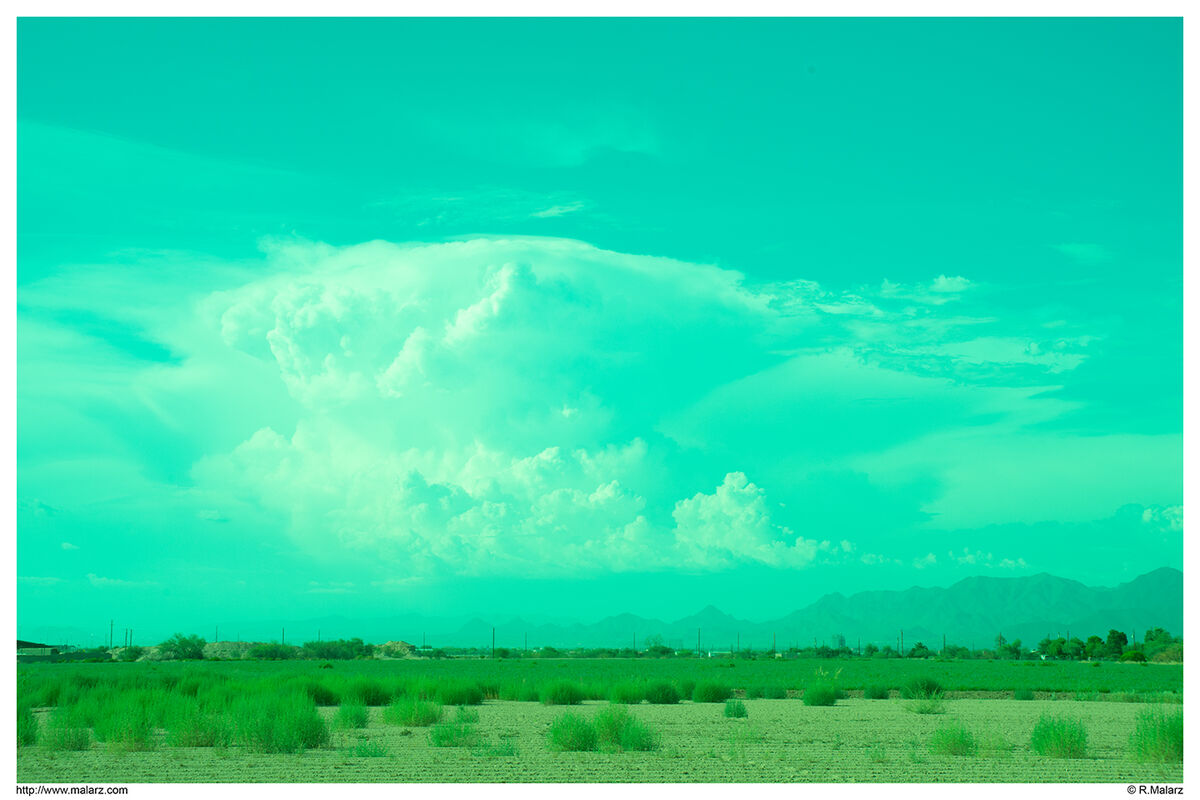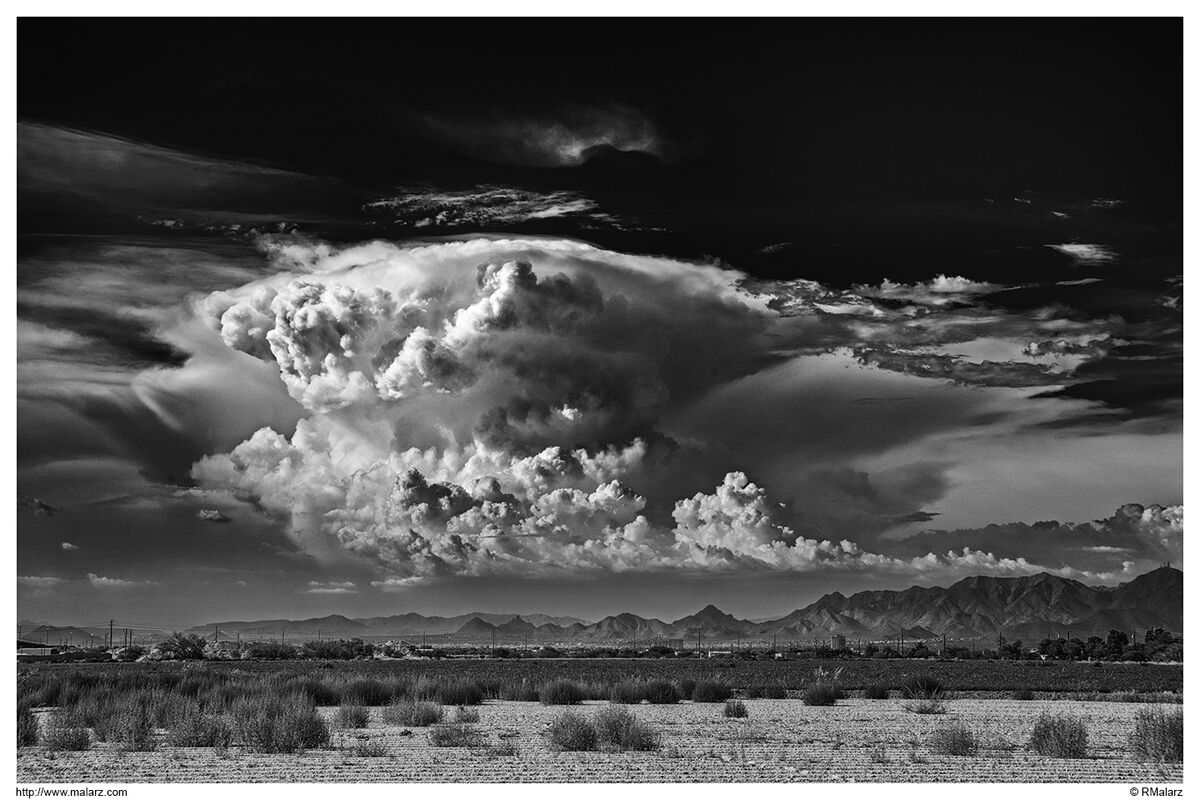Ansel Adams Zone System Digital Free
Apr 3, 2023 11:26:52 #
larryepage wrote:
The key is shooting 20 exposures of the same scene. Mixing and matching generally doesn't work anywhere near as well.
My students are assigned to shoot 20 frames of the same subject during their zone system exercise..
Cheers and best to you.
Apr 3, 2023 11:28:06 #
Apr 3, 2023 11:34:37 #
dpullum wrote:
Yes, my motto about shooting many comes from taking one shot of a partially sunken 30' wooden fishing boat in a canal in Argentina. The boat had such a "days gone by" look. The inpatient group was not interested in my adjusting exposure, laying on the bank in several places, etc... snap and move on was the unfortunate necessity.
PS: gwilliams6 beautiful photos.
PS: gwilliams6 beautiful photos.
Thanks,


Apr 3, 2023 11:42:19 #
Glad to see the Zone System is alive and well. I started using and learning the System back in 1976 for sheet film and a modified version for roll film with the exposed and film development time varied to compress or expand the tonal range using spot meter readings prior to exposure. Now that we are digital our cameras do HDR which is similar to the Zone Systems by taking multi shots at different exposers and combining them or RAW files can be combined in post-production photo software where a similar process can be done with what you did in a darkroom. I like the fact that even with digital we can expand or compress an image vision as the tech improves and changes.




Apr 3, 2023 12:20:30 #
Apr 3, 2023 12:28:21 #
gwilliams6 wrote:
I have a couple of Adams prints made by his son from the original negatives, given to me as a wedding present in the 90"s. They have long outlasted that marriage, LOL
.
I have a couple of Adams prints made by his son from the original negatives, given to me as a wedding present in the 90"s. They have long outlasted that marriage, LOL
.
Really Adams has only one son Dr. Micheal Adams and I don't think he made prints.
Apr 3, 2023 12:28:27 #
I am not Ansel Adams, but here is a shot I made of Yosemite Valley, in Yosemite National Park. This is called the tunnel view. (left) El Capitan, (center-rear) Half Dome with a small rising moon, (right) Bridal Veil Falls. Then a closer up shot of Bridal Veil falls from another vantage point in the Valley. These were shot in raw with my 61mp Sony A7RIV and Sigma Art 24-70mm f2.8 DG DN lens, and processed in LR into high quality jpegs.
So I will post the original processed raw into color jpeg (reduced in resolution to go along with UHH size limitations) . Then I will post the resultant jpeg when I converted them to Black and White in LR. It is an easy one click conversion that does retain the dynamic range and details in the shadows and highlights of the high quality jpegs.
There are still many tonal adjustments in LR that I could do to these B&W conversions, but I am just showing them here without moving any of the many sliders.
Click on download to see better image quality.
Cheer and best to you all.
So I will post the original processed raw into color jpeg (reduced in resolution to go along with UHH size limitations) . Then I will post the resultant jpeg when I converted them to Black and White in LR. It is an easy one click conversion that does retain the dynamic range and details in the shadows and highlights of the high quality jpegs.
There are still many tonal adjustments in LR that I could do to these B&W conversions, but I am just showing them here without moving any of the many sliders.
Click on download to see better image quality.
Cheer and best to you all.
Apr 3, 2023 12:29:33 #
That works but more precise measurements of the actual scene will render better results.
The grey card works well with roll films.
The grey card works well with roll films.
Markag wrote:
I used to haul around an 18% grey card and metered that. Whatever happened to that approach?
Apr 3, 2023 12:37:21 #
My Z7 has "picture controls" that modify even the RAW files.
Thinking maybe an experiment with shutting off the controls, if its possible, and acquiring an 18% card might be interesting. I'm not sure what a digital camera meters spot meter is calibrated to read?
Thinking maybe an experiment with shutting off the controls, if its possible, and acquiring an 18% card might be interesting. I'm not sure what a digital camera meters spot meter is calibrated to read?
Apr 3, 2023 12:43:11 #
An example of TZS applied to digital. It took me some time to discover how to apply it to digital. After that, some lab work and we were off. It turns out to be a bit more precise than the adage "expose to the right".
To do this requires one to do structured testing of their camera. A practice some find difficult to approach with enthusiasm. Additionally, I found it's not a one size fits all. Each digital camera needs to be tested and note the exposure adjustments effect of that particular camera.
--Bob
To do this requires one to do structured testing of their camera. A practice some find difficult to approach with enthusiasm. Additionally, I found it's not a one size fits all. Each digital camera needs to be tested and note the exposure adjustments effect of that particular camera.
--Bob
dpullum wrote:
Works for color, but for BW, it analyzes the shade... (show quote)
Apr 3, 2023 12:44:58 #
Markag wrote:
My Z7 has "picture controls" that modify even the RAW files.
Thinking maybe an experiment with shutting off the controls, if its possible, and acquiring an 18% card might be interesting. I'm not sure what a digital camera meters spot meter is calibrated to read?
Thinking maybe an experiment with shutting off the controls, if its possible, and acquiring an 18% card might be interesting. I'm not sure what a digital camera meters spot meter is calibrated to read?
Even a digital camera's spot meter is calibrated to an 18% grey card reading, that is the standard, a neutral grey.
Cheers
Apr 3, 2023 12:44:59 #
BebuLamar wrote:
Really Adams has only one son Dr. Micheal Adams and I don't think he made prints.
Maybe he's thinking of Edward Weston, whose son printed his photos after he passed.
Apr 3, 2023 12:45:43 #
dpullum wrote:
Works for color, but for BW, it analyzes the shade... (show quote)
Progress in photography ended with Ansel Adams. If he were alive today he would eschew color entirely.
Just like the Amish will accept the wheel as long as there is no motor involved.
Apr 3, 2023 12:49:08 #
srg wrote:
Progress in photography ended with Ansel Adams. If he were alive today he would eschew color entirely.
Just like the Amish will accept the wheel as long as there is no motor involved.
Just like the Amish will accept the wheel as long as there is no motor involved.
AA did shoot some color, but he didn't feel he had the control he did with B&W. I think he would have embraced the precise control of color digital offers, but would have stayed with film for B&W.
Apr 3, 2023 13:00:59 #
JohnSwanda wrote:
Maybe he's thinking of Edward Weston, whose son printed his photos after he passed.
The Adams prints were a gift and the photo editor at my newspaper who gave them to me as a wedding present said they were printed from the original negatives by his son. This editor was known to lie if it suited him in the moment, so I am sure he got it wrong, LOL.
But the prints have authenticated Ansel Adams certifications on their back as being printed from the original negatives. Who actually printed them from the original negatives I dont really know for certainty. Since I moved from my large house in New Jersey where they were framed and hung on the wall, to a very small house in Texas to take care of my 97 year old mom, these two Adams prints have been in archival box storage, along with some other work. If I ever get them back out of storage , I will photograph the front and back and post it in this thread.
Cheers
If you want to reply, then register here. Registration is free and your account is created instantly, so you can post right away.


